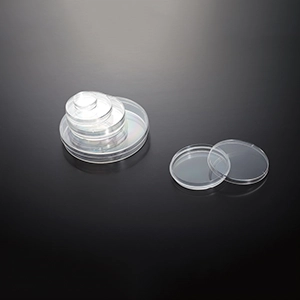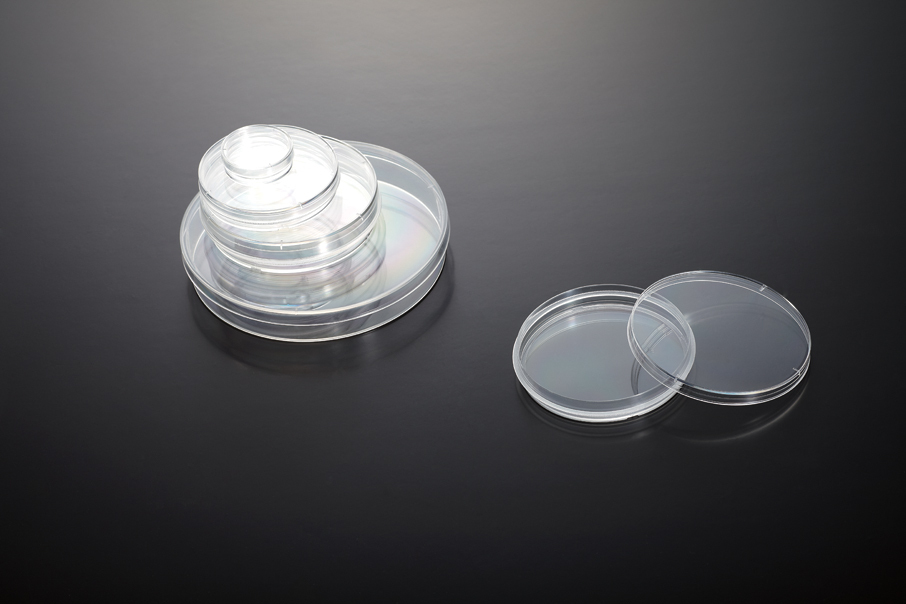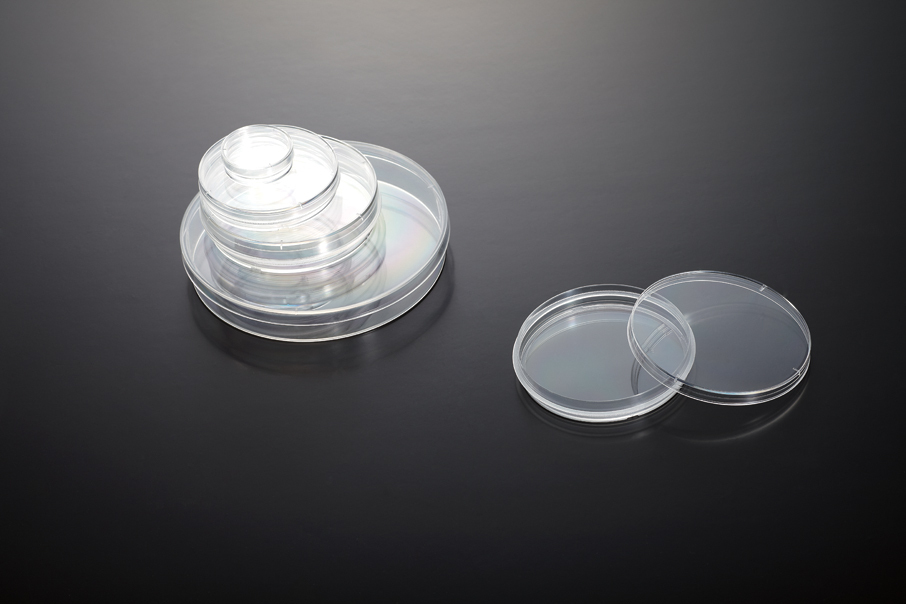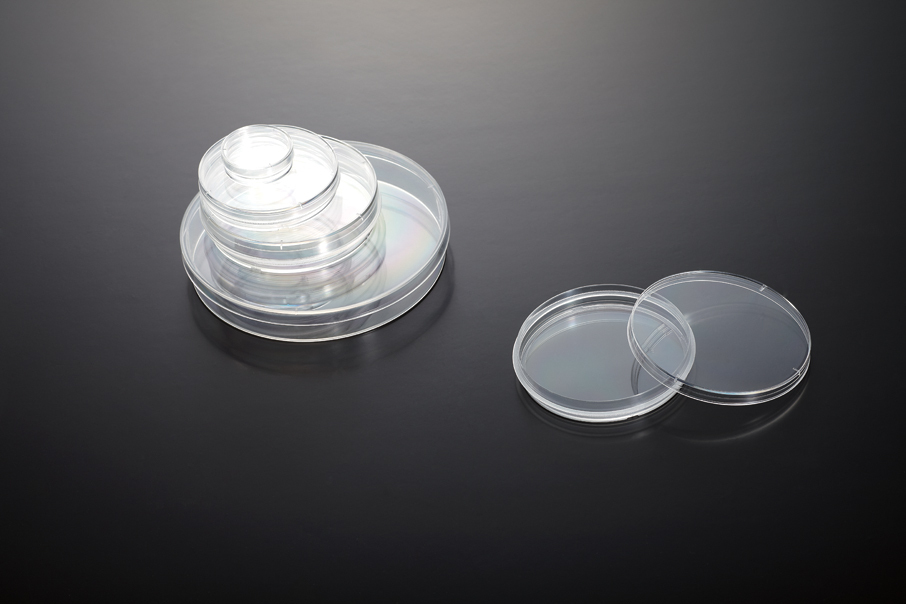- to study the behavior of healthy and diseased or radiated cells
- to develop vaccines against diseases like polio, influenza, and chicken pox
- to study cancer and develop viable treatments for cancer
- to clone plants, both in whole and in part
- and to genetically modify plants
It is because of tissue culture technology that science has made so many advancements in understanding cellular biology, particularly in its applications to the field of medicine.







